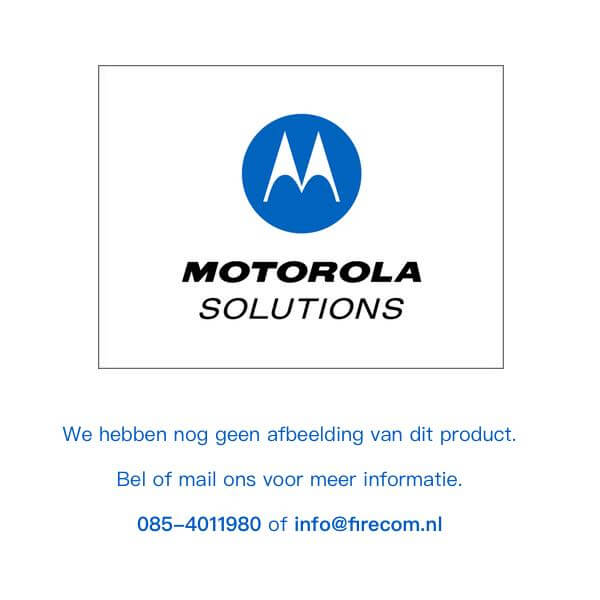Share
Are you looking for walkie-talkies for emergency response? Then there are several options.
License-free
Walkie-talkies have been used for long-distance communication between people for decades. In addition, walkie-talkies are frequently used by private individuals for holiday and recreation purposes. These walkie-talkies are used in the PMR band (446 MHz), no license is required for this band. The maximum transmission power of these two-way radios is 0,5 watts. In practice, this is often a range of up to 1 kilometer in favorable conditions. If the range of the license-free walkie-talkie is not sufficient, you can use professional walkie-talkies with a license from the Telecom Agency.
With permit
Professional licensed radios are widely used in security, industry and emergency services. Within the professional walkie-talkies there are roughly two different types: Analogue and digital. Analogue radios are affordable and have a range of about 5 to 10 km in open field. The downside is that they have a relatively poor voice quality combined with the ability to eavesdrop on them. Digital walkie-talkies have approximately 25% more range with the same power and the speech quality remains at a consistently high level. Digital walkie-talkies offer the user options to exchange voice messages and GPS location. In addition, reports from the fire panel can be sent via ESPA 4.4.4. to be displayed. In recent years, more and more digital radios have been sold instead of analog. The analog radio will be phased out slowly.
Repeaters and amplifiers
It is possible to use repeaters (amplifiers) on both licensed analog and digital radios. A repeater amplifies the range from the point where the repeater is placed. We recommend using a maximum of one repeater for analog radios. With digital radios from Motorola or Kenwood it is possible to use multiple repeaters. You can connect different repeaters based on IP. This is also possible at a great distance, so that different branches can be connected to each other. Motorola MotoTRBO articles and Kenwood Nexedge articles support digital radio.
Initially you will immediately opt for license-free walkie-talkies for price reasons. We would like to warn you explicitly of malfunctions. The license-free frequencies are used for a variety of wireless devices. It could therefore be possible that children with a walkie-talkie will disturb you during an emergency response exercise. You will understand that this is absolutely undesirable during an actual calamity.
The use of a handheld radio with a license ensures that you are checked for malfunctions. You get specific own frequencies for use.
Are you a BRZO company? Then pay close attention. The Telecom Agency advises you not to use license-free equipment for business-critical communication. Disruptive walkie-talkies can affect your processes.
"There are risks associated with the use of license-free radio transmission equipment. You must accept shared use and disruptions caused by other legal applications on license-free frequencies. Disruptions can also be caused by visitors from outside - for example suppliers or installers - who, during the performance of their work, receive a license-free use equipment. "
Source: www.bureautelecom.nl
View how our customers use walkie-talkies?
